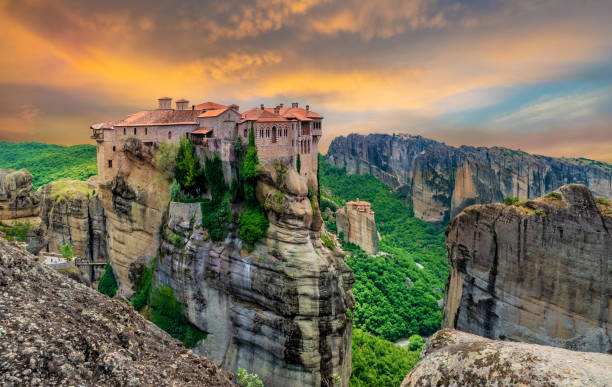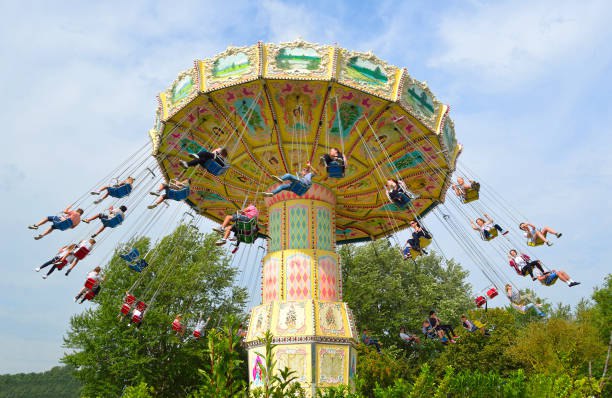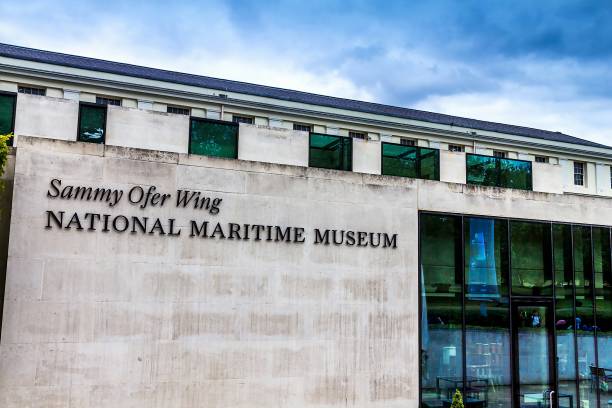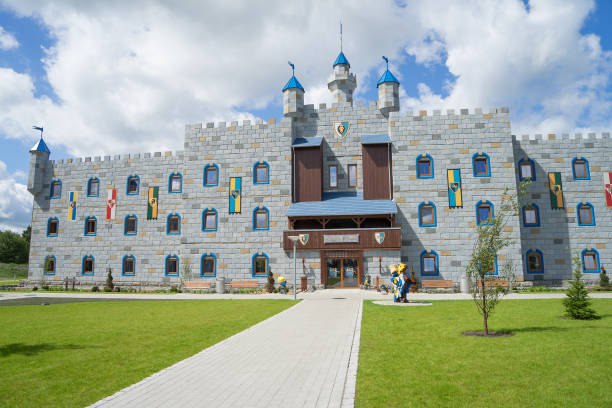Meteora, a UNESCO World Heritage site, enchants visitors with its otherworldly landscape of towering rock formations and ancient monasteries perched high above the valley below. This breathtaking destination in central Greece offers not only a chance to admire nature's grandeur but also a deeper look into the rich history and culture of Orthodox Christian monastic life. Here’s your ultimate guide to exploring Meteora and its majestic monasteries.
What is Meteora?
Meteora, meaning “suspended in air” in Greek, is a natural wonder characterized by colossal cliffs rising up to 400 meters (1,300 feet) above the surrounding plains. These immense rock formations, shaped over millions of years, provide the perfect backdrop for the iconic monasteries built atop them. There are six active monasteries, each offering a unique insight into centuries of religious history, architecture, and art. The dramatic scenery has inspired countless visitors, including filmmakers who featured the site in movies like James Bond’s For Your Eyes Only.
How to Get There
Meteora is located near the town of Kalambaka, about a 4-hour drive from Athens. You can reach the area via car or public transport:
- By Car: Renting a car offers the most flexibility for exploring. The drive from Athens takes around 4 hours, while Thessaloniki is roughly 2.5 hours away.
- By Train: Kalambaka is well connected by train, with multiple daily departures from both Athens and Thessaloniki.
- By Bus: There are also bus routes from Athens and Thessaloniki that take you to Kalambaka.
Best Time to Visit
The ideal time to visit Meteora is during the spring (April to June) or fall (September to October). These seasons feature mild weather and fewer tourists, allowing you to enjoy the area more peacefully. The summer months can be hot, making it more difficult to explore the rocky terrain, and the crowds can detract from the experience.
The Six Monasteries of Meteora
Six monasteries are open to visitors, each with its own distinct history, architecture, and charm. Here’s a brief overview:
Great Meteoron Monastery
The largest and oldest monastery, Great Meteoron offers spectacular views and is known for its exquisite frescoes, sacred artifacts, and an ancient library.
Varlaam Monastery
The second-largest monastery, Varlaam boasts impressive architecture and a remarkable collection of relics and artwork. It’s named after the hermit who first ascended the rock in the 14th century.
Rousanou Monastery
Perched atop a small rock, Rousanou is one of the most picturesque monasteries. Its intimate size provides a peaceful atmosphere, and it features stunning frescoes.
St. Nicholas Anapausas Monastery
A smaller and quieter monastery, St. Nicholas sits on a steep cliff offering magnificent views. It’s ideal for those seeking a calm, less-crowded experience.
St. Stephen Monastery
Easily accessible via a footbridge, St. Stephen’s monastery is known for its serene setting and beautiful church adorned with intricate frescoes and religious icons.
Holy Trinity Monastery
Famous for its location atop a high rock, Holy Trinity is a favorite for photographers. Its striking architecture and breathtaking vistas make it a must-visit.
Things to Do in Meteora
Hiking and Walking Trails
Meteora is a haven for outdoor lovers. There are several trails that connect the monasteries, allowing you to explore the rocks up close and enjoy sweeping views of the valley. Popular routes include the path from Kalambaka to the Great Meteoron or a circular trail passing by multiple monasteries.
Monastery Visits
Don’t miss the chance to tour the monasteries. Each one has its own story, art, and cultural significance. Remember to dress modestly (covering shoulders and knees) as these are still active religious sites.
Rock Climbing
For those seeking adventure, Meteora is a premier destination for rock climbing. The towering cliffs attract climbers from around the world, with local schools offering courses for all levels.
Photography
With its stunning landscape and remarkable monasteries, Meteora is a photographer’s dream. Whether you’re capturing sweeping vistas or intricate monastery details, there’s no shortage of awe-inspiring sights.
Cultural Experience in Kalambaka
Spend some time in the nearby town of Kalambaka. Wander its charming streets, visit local shops for traditional Greek crafts, and savor a meal at a local taverna. The town’s welcoming atmosphere makes for a perfect stop before or after your visit to Meteora.
Practical Tips
- Dress Modestly: When visiting the monasteries, make sure to wear modest clothing. Women should wear skirts or dresses, and men should avoid shorts.
- Check Opening Hours: Not all monasteries are open every day, so check the hours before you go. Some monasteries close on certain days, such as Tuesdays.
- Allow Time for Exploration: Plan to spend at least 1 to 2 days exploring Meteora. If you're interested in hiking, adding an extra day will give you time to fully enjoy the trails and rock climbing.
- Respect the Monastic Life: These monasteries are still active places of worship, so be respectful of the monks and nuns who live there. Keep noise levels down and adhere to all posted rules.
Plan your Meteora trip by checking out skyroutetravel.com

 India
India
 Sri Lanka
Sri Lanka




0 comments for this post